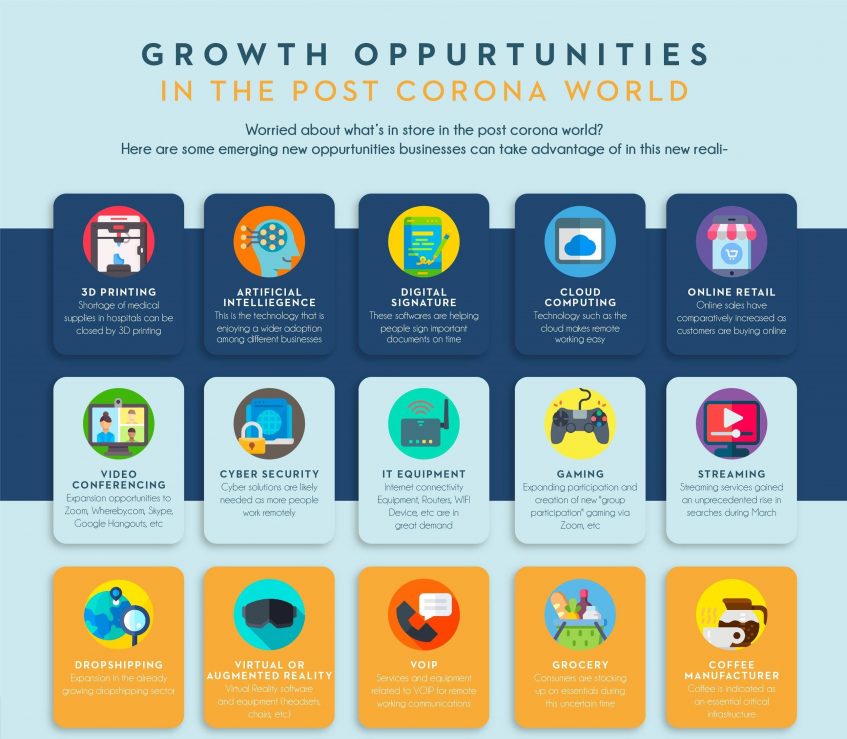Trump's Trade Offensive And The Future Of American Financial Power

Table of Contents
Donald Trump's presidency was marked by a significant trade offensive, characterized by the imposition of tariffs and a renegotiation of existing trade agreements. This aggressive approach dramatically reshaped the global trade landscape, raising crucial questions about its long-term impact on American financial power. This article will explore the key aspects of Trump's trade policies, analyzing their effects on various sectors of the US economy and their implications for the future of American financial dominance.
The Core Tenets of Trump's Trade Offensive
Trump's trade policy was fundamentally protectionist, aiming to bolster American industries and reduce trade deficits. This strategy manifested in two primary ways: the imposition of tariffs and the renegotiation of existing trade agreements.
Protectionist Measures and Tariffs
A defining feature of Trump's trade offensive was the widespread imposition of tariffs on goods imported from various countries, particularly China and the European Union. The stated rationale was to protect American industries from unfair competition and address perceived trade imbalances. These actions, however, sparked retaliatory tariffs and significantly escalated global trade tensions.
- Specific examples of tariffs imposed: Steel and aluminum tariffs (affecting numerous countries), tariffs on various Chinese goods (ranging from consumer electronics to agricultural products).
- Impact on specific industries: The automotive industry faced increased costs due to tariffs on imported steel and parts. American farmers experienced challenges due to retaliatory tariffs imposed by China on agricultural exports like soybeans.
- Short-term economic effects: Tariffs led to increased prices for consumers on many goods, contributing to inflation. Some businesses faced higher input costs, impacting profitability and potentially hindering job growth in certain sectors.
Renegotiation of Trade Agreements
Trump's administration actively pursued the renegotiation of existing trade agreements, most notably the North American Free Trade Agreement (NAFTA). The resulting United States-Mexico-Canada Agreement (USMCA) represented a significant shift in trade policy, aiming for a more balanced approach and greater protection for American interests.
- Key changes in USMCA compared to NAFTA: USMCA included stricter rules of origin for automobiles, aiming to increase North American manufacturing content. It also addressed issues related to intellectual property rights and digital trade.
- Impact on trade relations with Mexico and Canada: While USMCA replaced NAFTA, the renegotiation process created temporary trade uncertainties and strained relations with both Mexico and Canada. The long-term impacts on the trilateral trade relationship continue to be assessed.
- Assessment of the success or failure of renegotiations: The success of USMCA is a subject of ongoing debate. While some argue it achieved its goals of protecting American industries and workers, others point to its limitations and argue that its overall impact on trade flows remains relatively modest.
Economic Consequences of Trump's Trade Policies
The economic consequences of Trump's trade policies were complex and multifaceted, impacting both American businesses and consumers and creating ripple effects throughout the global economy.
Impact on American Businesses and Consumers
Tariffs imposed by the Trump administration directly affected American businesses by increasing their costs of production. This reduced competitiveness in some sectors and forced businesses to absorb increased costs or pass them on to consumers through higher prices. Consumers experienced reduced purchasing power and a decrease in overall economic well-being.
- Case studies of businesses affected by tariffs: Many manufacturers experienced increased costs due to tariffs on imported raw materials or components. Some small businesses struggled to compete with imports, leading to reduced sales and potential job losses.
- Data on inflation and consumer spending: Data suggests that tariffs contributed to a rise in inflation in some sectors, impacting consumer spending patterns and potentially slowing economic growth.
- Analysis of job creation and loss in various sectors: The impact on employment was varied. While some sectors benefited from increased domestic production, others experienced job losses due to reduced competitiveness and decreased exports.
Effects on Global Trade and the World Economy
Trump's trade policies had profound repercussions for global trade and the world economy. The imposition of tariffs triggered retaliatory measures from other countries, creating a cycle of trade disputes and undermining the multilateral trading system.
- Impact on global supply chains: Tariffs disrupted established global supply chains, forcing businesses to re-evaluate their sourcing strategies and potentially increasing costs.
- Changes in international trade patterns: Trade patterns shifted as businesses sought alternative sources of goods and markets, potentially leading to a reconfiguration of global trade relationships.
- Effects on global economic growth: The trade disputes and uncertainty created by Trump's policies negatively impacted global economic growth, particularly in interconnected economies heavily reliant on trade.
Long-Term Implications for American Financial Power
The long-term consequences of Trump's trade policies for American financial power are still unfolding, but several key implications are already evident.
Shifting Global Economic Landscape
Trump's protectionist approach challenged the existing global economic order and potentially weakened the position of the US within international institutions and trade agreements.
- Changes in US standing within international institutions (e.g., WTO): Trump's administration engaged in confrontational tactics with the World Trade Organization (WTO), questioning its effectiveness and undermining its authority.
- Rise of alternative economic blocs: The rise of alternative economic blocs and trading arrangements, such as the Regional Comprehensive Economic Partnership (RCEP), presents a potential challenge to US economic leadership.
- Long-term consequences for US influence in global markets: The erosion of trust and the emergence of alternative trading partners could diminish US influence in global markets over the long term.
Domestic Economic Repercussions
The domestic economic repercussions of Trump's trade policies are also significant and will likely play out over the long term.
- Assessment of long-term costs and benefits of Trump's trade policies: A comprehensive assessment is difficult at this stage, but economists are divided on the net economic benefits or costs of the policy. The long-term effects on productivity and innovation are still being debated.
- Analysis of impacts on economic growth and productivity: Some studies suggest that Trump's trade policies hindered economic growth and reduced productivity in some sectors.
- Discussion of potential long-term effects on the national debt: The costs of trade disputes and the potential impact on economic growth could have long-term consequences for the national debt.
Conclusion
Trump's trade offensive represents a significant departure from previous US trade policy. While its short-term effects were mixed, its long-term implications for American financial power are still unfolding. The analysis above demonstrates both the potential benefits and risks associated with protectionist measures, highlighting the complex interplay between domestic economic interests and global trade dynamics.
Call to Action: Understanding the complexities of Trump's trade offensive and its lasting impact on American financial power is crucial for navigating the evolving global economic landscape. Continue your research into Trump's trade policy and its consequences to better understand the future of American financial dominance. Further study on the topic of Trump's trade policy will provide a more comprehensive picture.

Featured Posts
-
 Stock Market Today Dow Futures Dollar And Trade War Updates
Apr 22, 2025
Stock Market Today Dow Futures Dollar And Trade War Updates
Apr 22, 2025 -
 Pope Francis A Legacy Of Compassion
Apr 22, 2025
Pope Francis A Legacy Of Compassion
Apr 22, 2025 -
 Saudi Aramco And Byd Partner To Explore Electric Vehicle Technology
Apr 22, 2025
Saudi Aramco And Byd Partner To Explore Electric Vehicle Technology
Apr 22, 2025 -
 Land Your Dream Private Credit Job 5 Crucial Dos And Don Ts
Apr 22, 2025
Land Your Dream Private Credit Job 5 Crucial Dos And Don Ts
Apr 22, 2025 -
 Identifying Emerging Business Opportunities A Map Of Key Locations
Apr 22, 2025
Identifying Emerging Business Opportunities A Map Of Key Locations
Apr 22, 2025
